Amongst the many challenges we are facing as a result of the COVID-19 pandemic and the resulting lockdown, is how to carry out business critical processes in a virtual workplace. A particular challenge facing many of our clients is the onboarding of new hires.
Thankfully, many of our clients have quickly recognised the need to adapt. Critical appointments still need to be made to keep businesses moving positively and senior finance hires are especially crucial with cash management and short-term business planning high on board agendas. At Rutherford Cross, we are still supporting the onboarding of both permanent and interim employees and working in partnership with some incredible companies who are taking it all in their stride.
Here, Greig Buckner, Financial Controller at W.N. Lindsay shares his recent experience of virtually onboarding into his new role.
What was the importance of regular communication with your new employer in the lead up to your start date?
I, like many others, had a three-month notice period so by the time I finished my previous role, the interviews and discussions felt like a distant memory.
Thankfully, the management team, and the team at Rutherford Cross, stayed in touch throughout the whole process via emails, calls and a couple of (pre-lockdown) face-to-face meetings.
The communication was really important as this made me feel like part of the business and helped me remain motivated about starting. Without these regular check-ins I would have felt quite disconnected from the company.
It also made me realise that the company was thinking about and making plans for my arrival, which is a good feeling as gives you comfort and reassures you about the decision you’ve made, particularly in a situation such as we find ourselves in presently.
How did your ‘virtual’ first day work in practice?
The company provides vital products and services to the farming and food production in Scotland so remains operational, albeit with a skeleton on-site presence. Therefore, thankfully the first day was a few hours in the office to collect laptop and have a quick chat about the plan for the next few weeks before heading back home to get myself setup remotely.
As I was in the office, I managed to meet the FD and had a call with the MD and COO, however no real time with any others which was a little strange. I’m used to being introduced to everyone and forgetting all but a couple names by the end of the day.
The rest of the day was getting to grips with a few tasks and checking in virtually via Microsoft Teams and calls.
How has your virtual induction enabled you to get a feel for the business, key stakeholders and culture?
There have been both pros and cons to the virtual induction process. The pros include the additional uninterrupted time working at home affords, allowing more time to go through the areas you need to cover and the various documents in detail without distraction.
An obvious con is that you feel a little distanced from the company and it is hard to get an understanding of the overall culture.
Meeting the rest of the business is much harder and depending on the circumstance will take a long time, however a few of the key stakeholders have been in touch regularly via phone and video call so it’s almost as good as being face-to-face. Again, thankfully, I have been in constant contact with the FD, MD, and COO so have had a lot of conversations surrounding the current and future objectives.
How has the COVID-19 pandemic changed the key focuses for your first week compared to when you’ve started in other roles?
Initially the key focus would have been sitting down with the FD running through all the upcoming tasks and various processes, gaining an understanding of the challenges involved within the role, meeting the people and making introductions.
However, with the current situation things have changed and the focus now is more on ensuring remote access is up, running and reliable, that a comprehensive handover plan is in place, so all areas are still covered in detail.
Cash flow management becomes even more critical to ensure the business can continue to actively trade for the short, medium, and long term. This meant looking in to the various COVID-19 support packages available to businesses and understanding what their conditions and implications are.
What advice would you give to anyone about to undergo a virtual onboarding experience over the coming weeks/months?
Ensure you communicate regularly in any way you can; calls, texts, emails and video calls. Constant communication is key and really important to ensuring you, and the business, is getting the most of the handover. Be proactive and email to introduce yourself to the wider team as it may be a while before you meet them in person.
List out the areas you want to cover and consider important for the role, and ask the person handing over to do the same, along with a timeline of current and planned activities. Set goals and objectives to ensure all parties understand and agree what is expected.
Ask questions, this is important as there will be less time spent together going through processes which means simple, but crucial, things can be missed.
If you would like any more help or advice on virtual onboarding or related topics, please contact Mark Lewis on [email protected]







